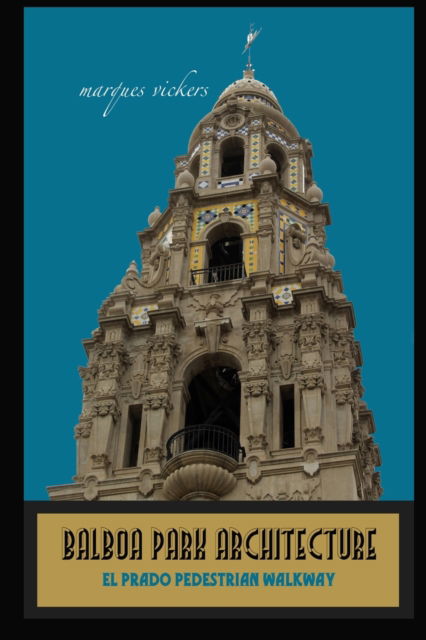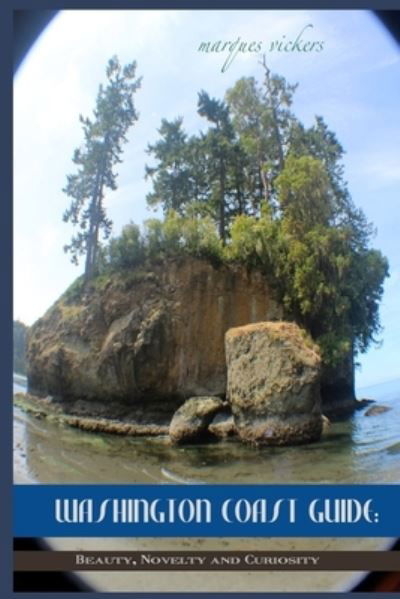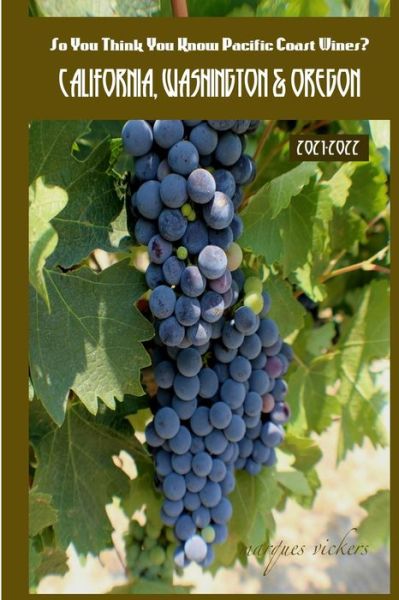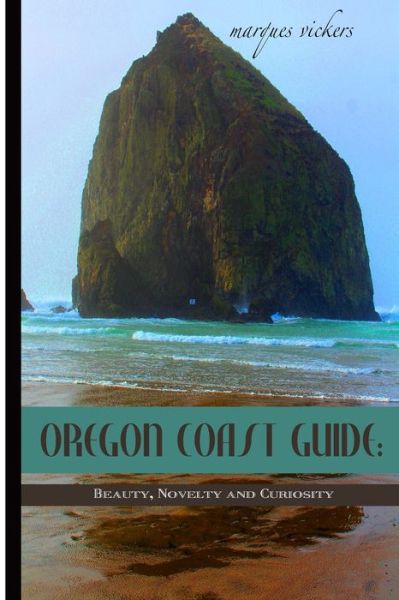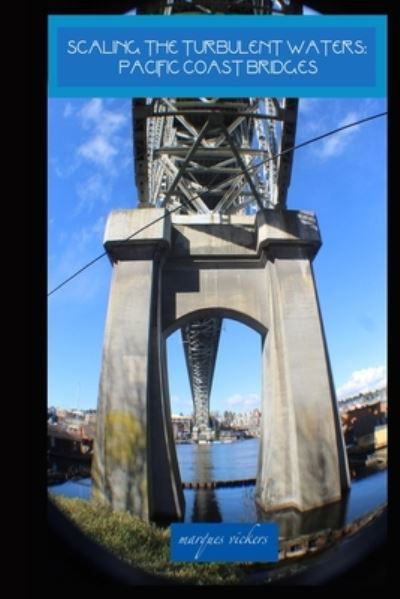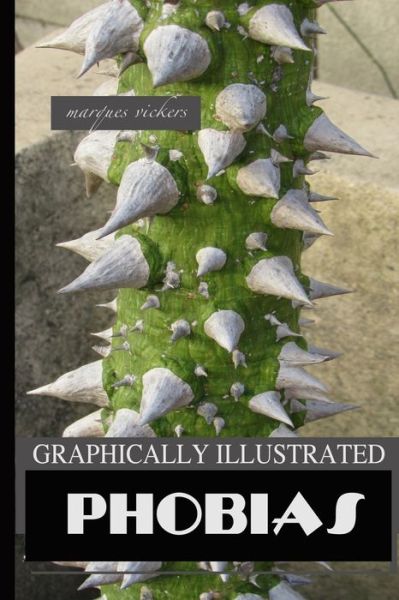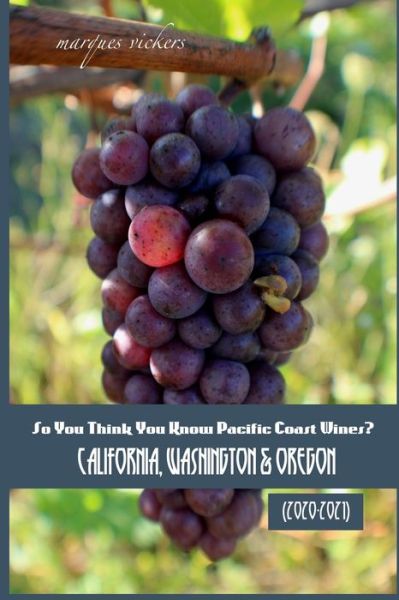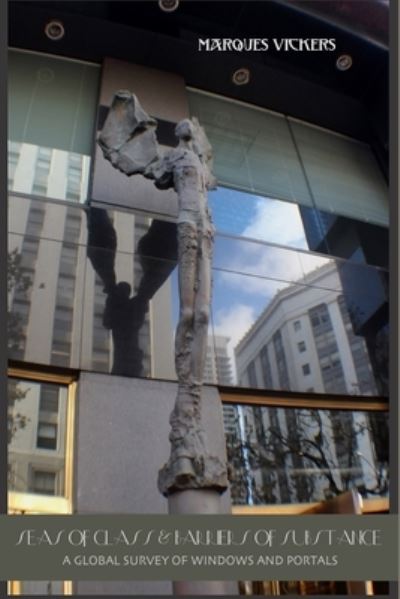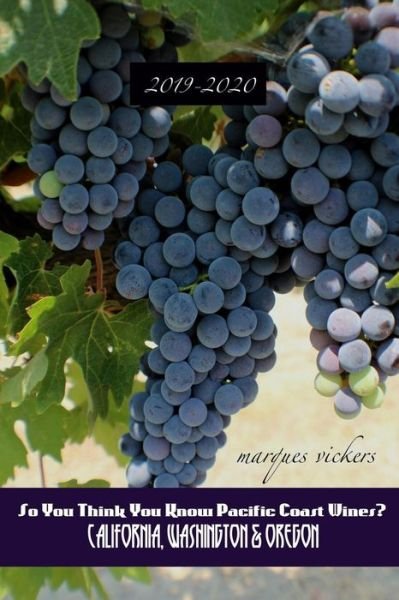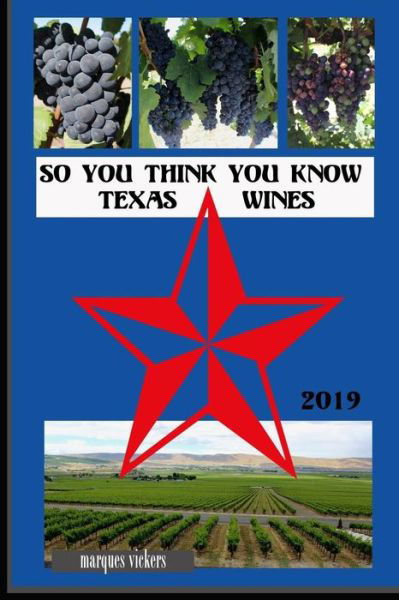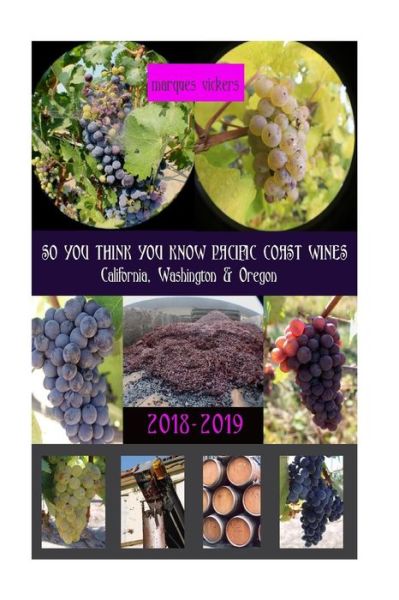
Tell your friends about this item:
Unseen Waterways of Marin County
Marques Vickers
Unseen Waterways of Marin County
Marques Vickers
This edition is a photographic journey tracing each of Marin County's fourteen principle waterways from their source to termination point. The sequence of images follows this course making it a stride-by-stride accompaniment with the camera lens. The creeks and streams that eminently flow throughout Marin County are important draining outlets originating from the elevated mountain ranges that frame the skeleton of the region. Each creek becomes an important tributary that ultimately flows into the San Francisco Bay. Marin County has one of the highest rainfall averages in the San Francisco Bay area and flooding has been a constant throughout its history. The Coastal Miwok tribe inhabited the territory of Marin County for hundreds of years harvesting and gathering crops, hunting and fishing for salmon and steelhead trout. Their population was speculated to be near 5,000 and their lands stretched from Marin to southern Sonoma county and Bodega Bay. With the encroachment by Spanish settlers and missionaries and the creation of Missions San Francisco de Asis and San Rafael, the native population became depleted to 300 by 1848 and 60 by 1880. The principle cause for their demise became their exposure to European diseases, which their immune systems could not resist. The remains of a settlement and the burial site of their leader Chief Marin were unearthed near the juncture of Sycamore and Locust Streets in Mill Valley. With the ascension of the Mexican government, which wrested their independence from Spain, the missions were closed. The new government divided the region into two separate land grants in the 1830s. Over the subsequent two centuries, the region would evolve into upscale suburban enclaves with Mount Tamalpais looming prominently in the background. One might easily imagine an earlier rustic landscape clotted with dense forests. Corte de Madera is translated from the Spanish into a place where wood is cut and Mill Valley was renowned for its celebrated sawmill. The structure still remains along Mill Creek. Within the tenure of this photography project, I had the opportunity to witness the duality of each waterway's existence. For most of the year, the creeks remain docile and placidly flowing. When I began photographing, California was in the midst of a devastating five-year drought. Water levels had recessed to dangerously low stages. During March 2016, forecasted El Nino rains drenched Marin County for a ten-day period with steady and substantial rains. This followed a February with no rainfall. The sluggish creeks suddenly swelled and an abrupt surge radically transformed their appearance. The calm streams resembled raging rivers. The crystalline waters became muddied by sediment. Nature had reawakened from five years of dormancy and draught. During this stretch, excess floodwaters fortunately did not materialize. One day they ultimately will as they have for generations and centuries. These untamable bodies of water cannot be fully constricted within the confines of city planning and construction development. Portions flow under commercial and residential structures and offer residents an alluring picturesque view. The pleasure is tempered by an uneasy truce once torrential rains resume. Each creek seems uniquely distinct and many sustain foliage and fauna that augment the splendor. Most are easily accessible and feature adjacent hiking trails. Sections remain concealed by private property constructions. The Marin waterways are a poignant reminder that no matter how resolute mankind attempts to subdue nature, the temporarily vanquished will ultimately prevail.
| Media | Books Paperback Book (Book with soft cover and glued back) |
| Released | November 17, 2020 |
| ISBN13 | 9798566674896 |
| Publishers | Independently Published |
| Pages | 298 |
| Dimensions | 152 × 229 × 17 mm · 439 g |
| Language | English |


